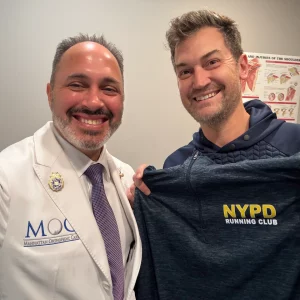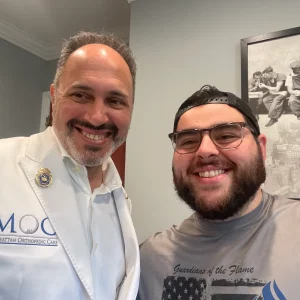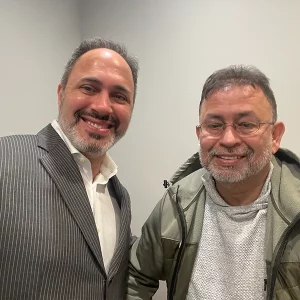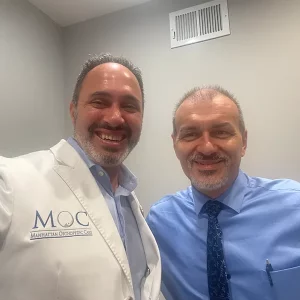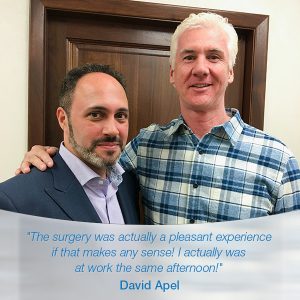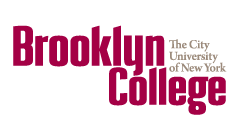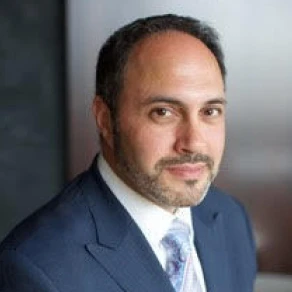Sports Illustrated: Dr. Armin Tehrany discusses Matt Harvey’s shoulder injury, Thoracic Outlet Syndrome
New York Mets’ pitcher Matt Harvey has ended his season sooner than his teammates. His latest injury placed him on the disabled list due to troubling discomfort in his right shoulder.
His shoulder injury, which turned out to be Thoracic Outlet Syndrome, has raised deep concerns among all of his fans, while the media has been following his status closely in order to share the latest updates.
The coverage of Matt Harvey’s struggling shoulder that aired on Sports Illustrated Now, had Dr. Armin Tehrany as an orthopedic shoulder specialist, sharing his expert opinion on the complexity of Matt’s season-ending injury.
During this informative interview, Dr. Tehrany explained Matt’s available treatment options, and he stated that surgery can solve his problem most effectively. Furthermore, Dr. Tehrany explained the recovery process that will take place after the shoulder surgery. Although the surgery outcome can be positive, the recovery process will undoubtedly last 5 or 6 months.
Dr. Tehrany expressed his optimism for Matt Harvey’s future and successful recovery, highlighting that “the Dark Knight always prevails.” 🙂
For more on Matt Harvey’s injury and concerns, I’m pleased to be joined by Dr. Armin Tehrany. He is a shoulder specialist for Manhattan Orthopedic Care.
Dr. Tehrany, thanks for joining us.
We know that this Thoracic Outlet Syndrome is a compression of blood vessels in the nerves. How would that impact a pitcher like Matt Harvey?
So, someone like Matt Harvey who had elbow surgery a few of years ago and had to do a lots of rehab afterwards, he probably did a great job with his rehab, but the thing is, that rehab strengthens the muscles to a level where, plus all the pitching he has done well, it can cause a lot of extra power in the muscles right around the Thoracic Outlet, and as a result those muscles can impinge a nerve, which I think is probably what happened to Matt.
So, what are his options?
Considering that he most likely has a nerve type of Thoracic Outlet Syndrome, which explains the tingling that he has, the options can be as conservative as Steroid injection, which may mask the pain for a bit and allow him to maybe play throughout the season, or if that doesn’t work Anti-wrinkle Injection, although that’s fairly new and also may not work. These are ways to try to give him pain relief so that he can rehab. But he may ultimately need to have a surgery.And you have to make sure you say legal Steroids in baseball. Talking about steroids and PEDs can always get into a lot of trouble. If he does opt for surgery, what’s the recovery like?
Dr. Tehrany: If all goes well, and it’s the proper diagnosis and proper surgical procedure, it’s going to be about four or five months for recovery for him. Whether he has it done now, or he has done it in October at the end of the season, he should still be OK to come back for spring training.
And what’s the recovery like? Can he be throwing baseballs, does he have to completely keep the arms and the shoulder at rest?
Because oftentimes the surgery involves a removal of bone, it takes some time for all the soft tissues to be able to heal, so, in the beginning, there will be rest involved, to make sure that the incision is healed properly and that there is no risk of opening the wound. After that, it’s going to be a trial of physical therapy, first trying to get the muscles back in proper shape, and then starting a pitching program, so it’s slow and steady progress to get him to where he needs to be.
What are the most common setbacks when someone is recovering from a surgery like this?
Dr. Tehrany: The problem with the setback and the reason for why you get setbacks, is oftentimes because the player is going too fast. The players is a professional athlete and thinks he can use his mind to will himself to get better faster, so they can be ready. The problem with that is, what the mind can do and what the arm and thoracic outlet area is going to be able to do are two different things.
We’ve seen other pitchers have this surgery before to varying degrees of success, what makes this not a “slam dunk short” thing?
I find a lot of times the reasons for why the surgery doesn’t go that very well it’s not the surgeon, and it’s not the patient. It just ends up being that the congenital condition, for example, he might have an extra rib or the extra scar that he has, that’s something that no matter how hard the surgeon tries to get into normal, he may be OK and he may do well, but he just won’t be able to get himself to the same level as he used to be, probably because through a large degree he is going to create the problem again by just constantly pitching.
I guess the bottom line for Matt’s fans out there, should they be feeling optimistic about the return of the Dark Knight, or is this pretty dicey?
Dr. Tehrany: Well, while they should be cautiously optimistic, I would say the Dark Knight always prevails. Let’s not count on that just yet.















